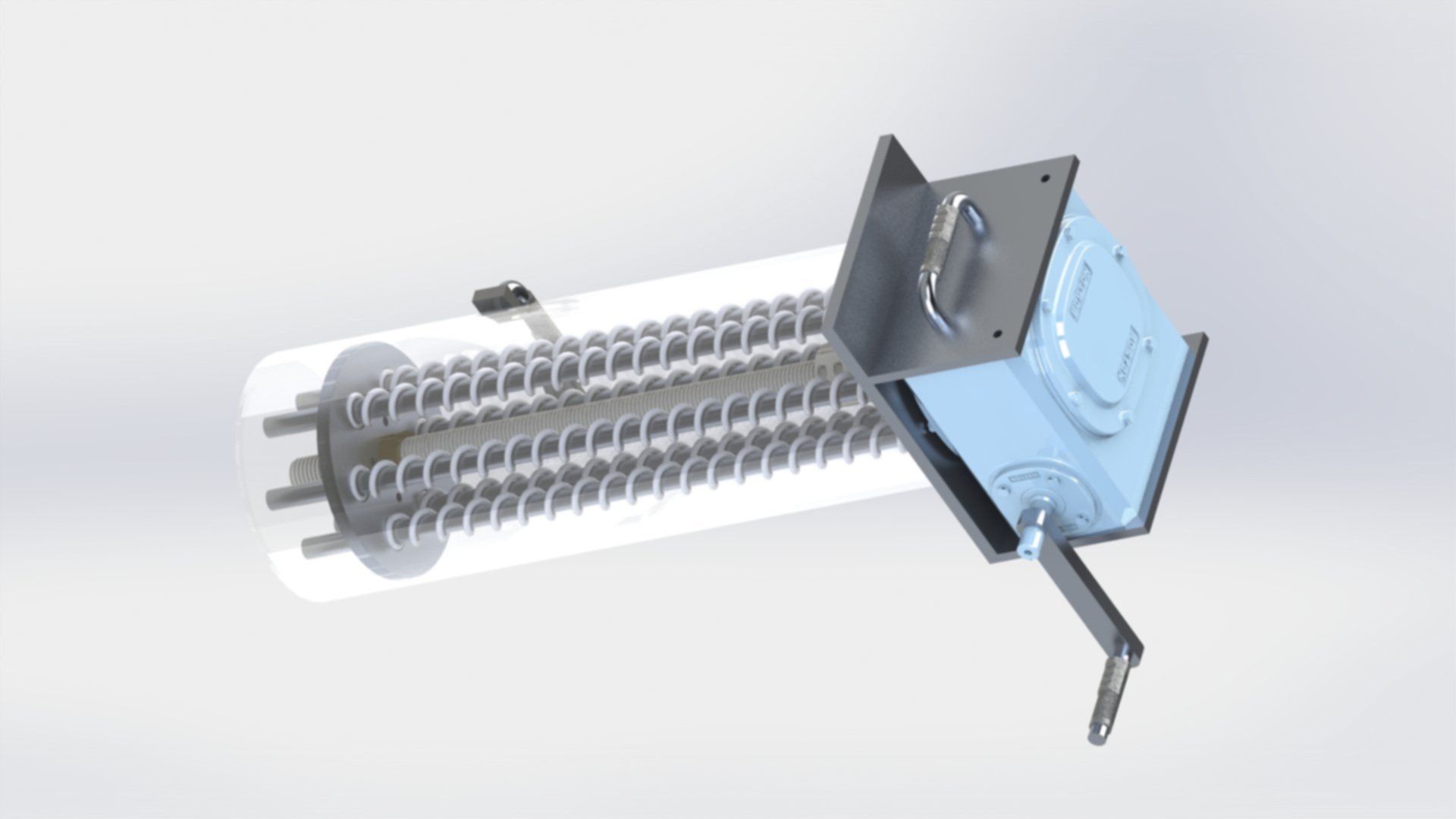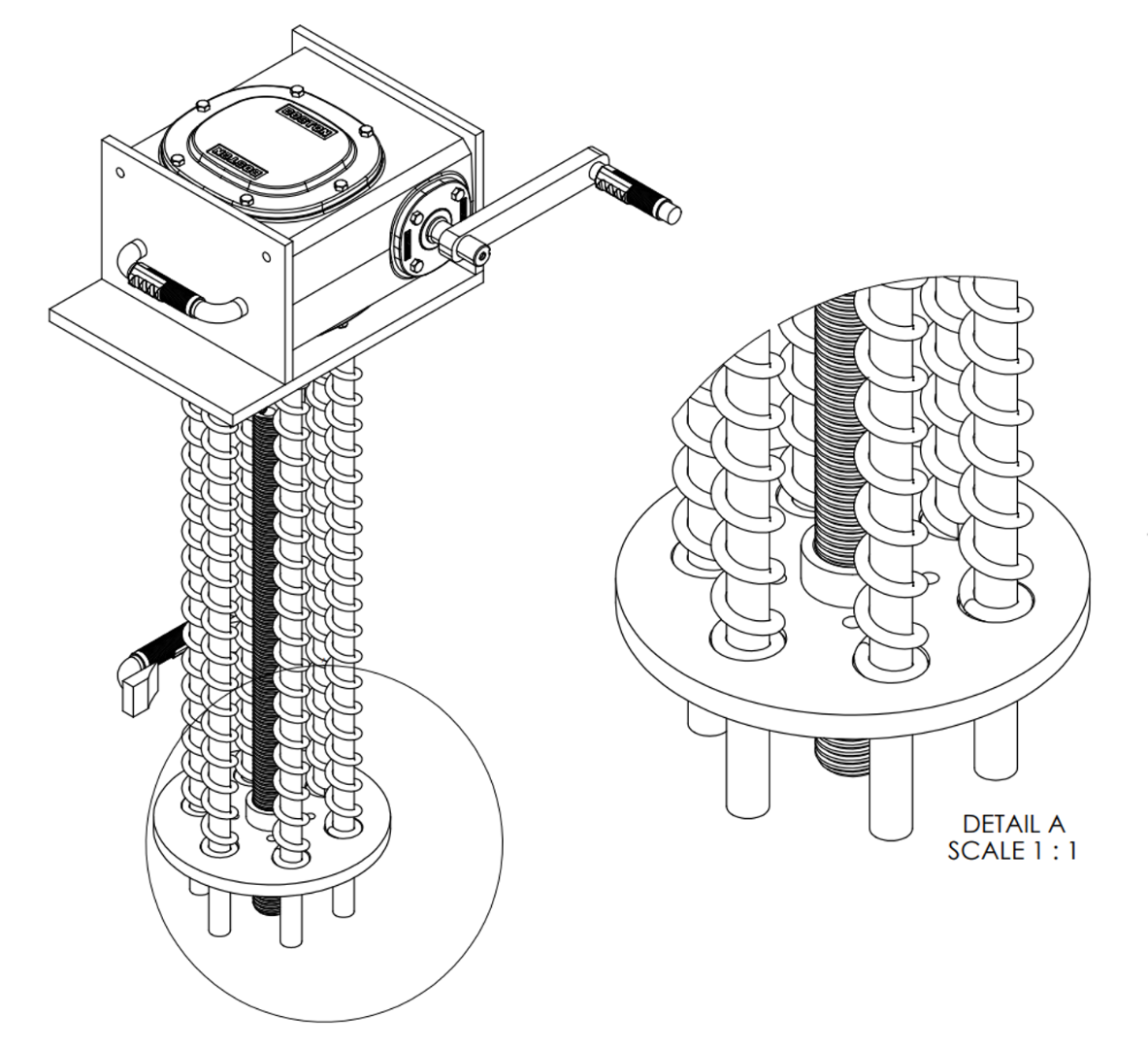
Mechanical Energy Storage Device
Overview
In my undergraduate Mechanical Design II Course, I worked with a team of peers to complete a feasibility analysis on a mechanical energy storage device capable of storing enough energy to charge a cell phone. The primary design limitations were that the energy had to be stored in springs and be operable by a hand crank.
We chose to maximize the use of off-the-shelf components while minimizing cost and footprint. Ultimately, our design (weighing in at a simulated 120lbs) proved that while springs can be effective short-term energy absorbers for mechanical systems, the long-term storage of energy is best left to other options, such as electrochemical or thermal solutions.
My team first used Python to model the system parametrically, with constraints of 10 Watt-Hours of required energy storage, and limits on the applied crank force we determined through human factors research.
Through this process, we plotted sweeps of various mechanical properties, such as spring wire diameter, number of parallel springs, and the free length of the system to determine appropriate values for the system’s dimensions.
Further analysis was completed in Python to calculate the stresses within common metric lead screws to determine an appropriate component selection. We elected to use an 2”-4 lead screw, which under a ‘fully charged’ load resulted in a factor of safety of 3.8.
I took responsibility for modeling the system, both in gathering CAD models for the commercial gearbox, lead screw and associated hardware, and in modeling custom springs, housings, and guide rods.
Our design features a 5:1 gearbox from Boston Gear, six parallel compression springs for energy storage, with guide rods to prevent spring buckling, a cylindrical acrylic blast shield, and ergonomic vinyl handles.
Cost analysis of our system resulted in a bill of material with a price tag in excess of $3500 USD. When compared to electrochemical energy storage devices, such as Lithium-ion batteries, a similar quantity of energy can be stored in readily accessible batteries for under $20 USD.
Our group was easily able to determine that such an energy storage device was wildly impractical. Even without a method of converting elastic potential energy into electricity, our device required significant user effort, carried a high price tag, and was several orders of magnitude less efficient in volumetric energy storage.




